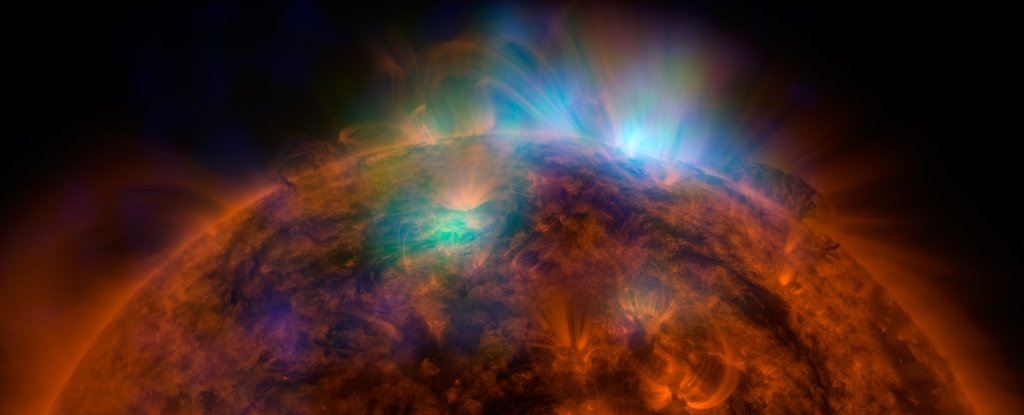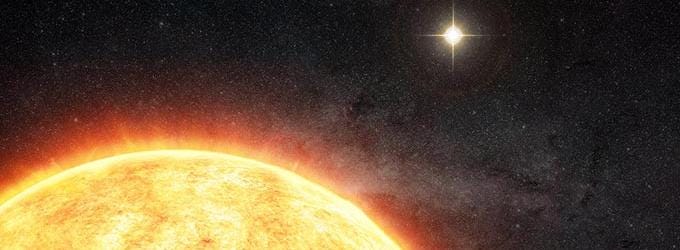A cloud made of mountains
At the edge of our family of planets lies the Kuiper Belt — a doughnut shaped halo of icy objects including the dwarf planet Pluto. This belt, now being explored by spacecraft for the first time, is also home to short-period comets that journey to the inner solar system roughly once every 200 years. This region might also house at least one unseen, massive planet.
Well beyond the Kuiper Belt, the Oort Cloud is a diffuse collection of bodies stretching as far as one-quarter of the way to the nearest star.
“[T]he Oort Cloud is believed to be a giant spherical shell surrounding the rest of the solar system. It is like a big, thick-walled bubble made of icy pieces of space debris the sizes of mountains and sometimes larger. The Oort Cloud might contain billions, or even trillions, of objects,” NASA describes.
The hypothesized cloud of frozen mountains is also thought to be the source of the long-period comets which can take hundreds of thousands of years to complete a single orbit of the Sun.
In the most popular theory of the formation of the Oort Cloud, the diffuse collection of rock and ice took shape from debris ejected from the nascent solar system, together with flotsam from other planetary systems.
However, most stars are born in binary systems, and it seems likely our own Sun may have a long-lost twin, researchers speculated.
“Here, we consider a temporary binary companion to the Sun that could have existed only in the solar birth cluster, and explore the plausibility and implications of such a possibility for both the formation of the [outer Oort Cloud] and the capture of Planet Nine,” researchers wrote in an article published in the Astrophysical Journal Letters.
The expected concentration of material scattered from within the Solar System compared to interstellar debris could be explained by a binary model of stellar formation.
“Binary systems are far more efficient at capturing objects than are single stars. If the Oort cloud formed as observed, it would imply that the Sun did in fact have a companion of similar mass that was lost before the Sun left its birth cluster,” Dr. Avi Loeb of Harvard University states.

